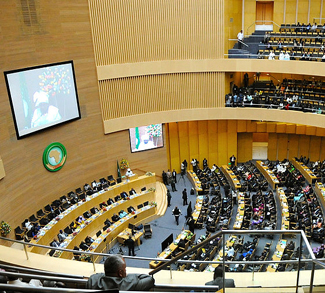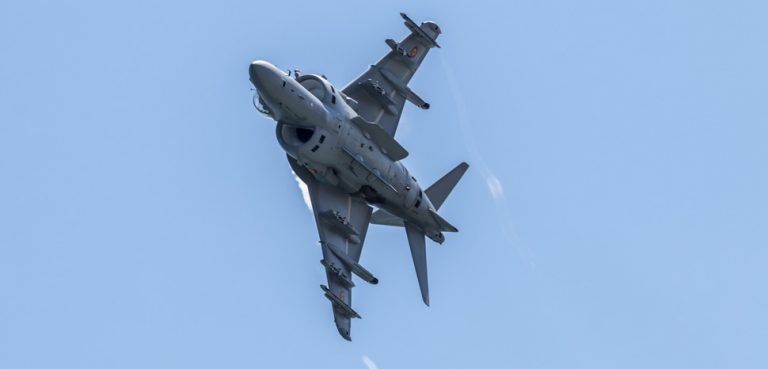Summary
In the naval power balance of the Asia-Pacific, three powers play fundamental roles: China on one side, Japan and the US on the other. In this context, China is upgrading the naval branch of its military, officially known as the People’s Liberation Army Navy (PLAN). This article will examine China’s efforts to increase its maritime power by examining prominent aspects of the PLAN’s ongoing modernization efforts.




